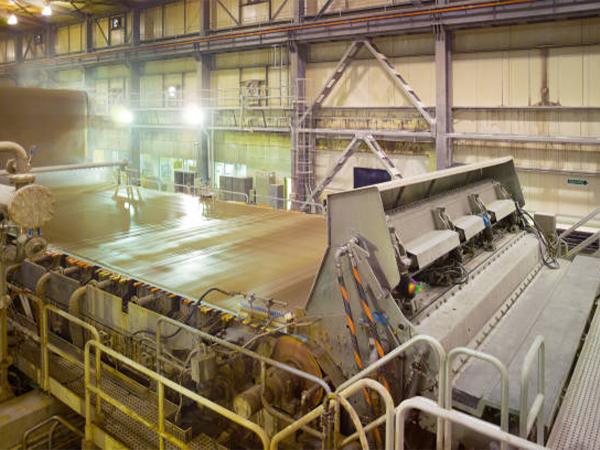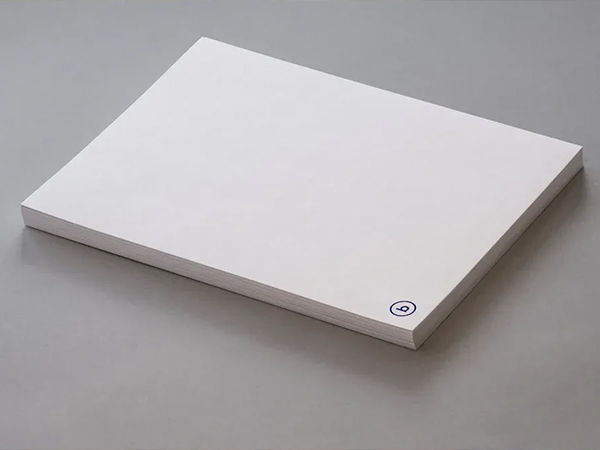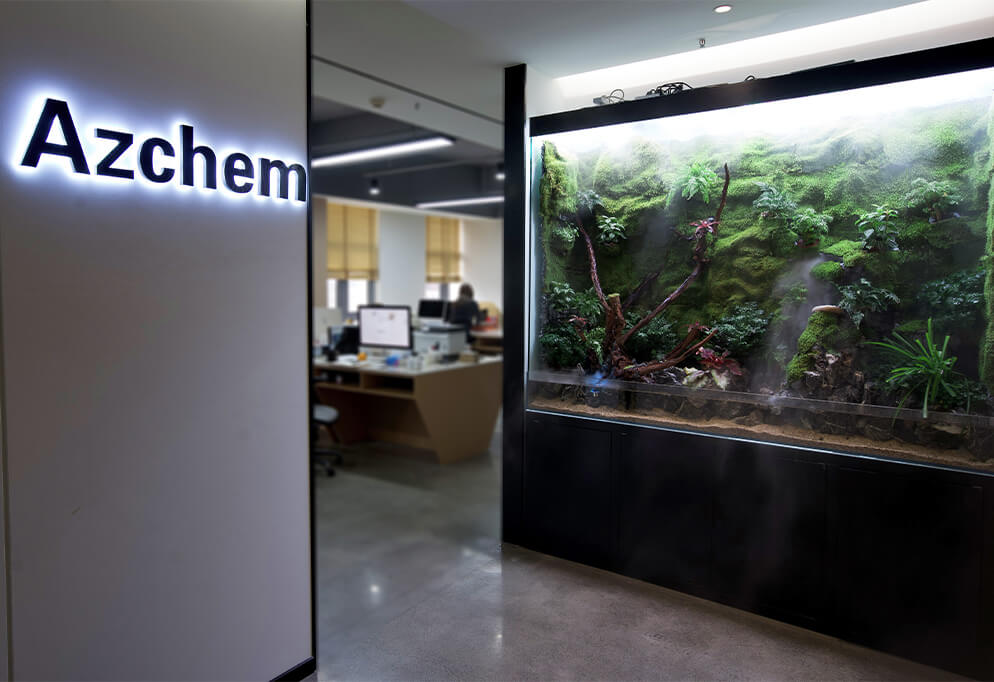1. Introduction
Sizing is a crucial step in the papermaking process. Traditionally, rosin-based sizing—also known as acidic sizing—was commonly used. However, acidic papermaking has many disadvantages, and the global papermaking industry has been shifting toward neutral and alkaline processes. In recent years, AKD neutral sizing agents have gained widespread acceptance in China and are considered a major advancement in domestic papermaking technology.
The optimal sizing conditions for AKD are as follows:
- Cationic starch: 1.5%
- AKD dosage: 0.2%
- Anionic polyacrylamide (APAM): 150 ppm
- Precipitated calcium carbonate (PCC): 20%
- Optimal pH: 7.0–7.5
Addition sequence:
- Cationic starch
- AKD emulsion
- APAM
Papermaking is one of the great inventions of ancient China. However, traditional handmade paper was not sized or was only lightly treated with starch or animal glue. It wasn’t until 1807 that German inventor Illig introduced rosin-alum sizing to modern papermaking.
The purpose of sizing is to uniformly distribute a low-surface-energy material on the surface of the paper to form a hydrophobic film. This film prevents or slows the penetration of liquids (especially water) into the fiber structure, thereby improving water resistance. The effectiveness of sizing directly affects paper quality.
The evolution of sizing technology has gone from unsized papers to acidic rosin sizing, then to neutral synthetic sizing agents like AKD and ASA, and later to cationic and anionic dispersions suitable for neutral/alkaline papermaking.
Acidic rosin sizing has many disadvantages:
- Poor brightness and yellowing of paper
- Brittleness and short shelf life
- Weak sizing performance
- Equipment corrosion due to acidity
- Inability to use alkaline fillers
- High white water pollution
- Unsuitable for high-grade papers
With the development of modern papermaking, countries worldwide have invested in new sizing technologies. By the 1990s, over 90% of sizing in Europe and North America had shifted to neutral/alkaline processes. China has also made significant progress in this area in recent years.
2. Mechanism and Advantages of AKD Neutral Sizing
AKD, or Alkyl Ketene Dimer, was developed by Hercules Inc. in the 1950s. It is a reactive neutral sizing agent capable of forming covalent bonds with plant fibers. AKD is a light yellow waxy solid, soluble in organic solvents such as benzene, toluene, ether, chloroform, and carbon tetrachloride, but insoluble in water.
Chemically, AKD is an unsaturated lactone with a four-membered lactone ring and two long-chain alkyl side groups. During the sizing process, the lactone ring reacts with hydroxyl groups on cellulose to form β-keto esters, anchoring the hydrophobic alkyl chains to the fiber surface. This reaction is called the esterification mechanism or covalent bonding mechanism.
Advantages of AKD Neutral Sizing Compared to Rosin Acidic Sizing:
- Improves overall paper performance
- Reduces wastewater discharge
- Lowers energy consumption
- Decreases papermaking costs
- Reduces the need for optical brighteners
- Enhances paper machine runnability
Despite its advantages, AKD neutral sizing also has certain limitations that must be addressed during practical use.
Looking for a reliable AKD sizing solution?
Explore our Azakd® Series AKD chemicals, tailored for neutral and alkaline papermaking systems.






